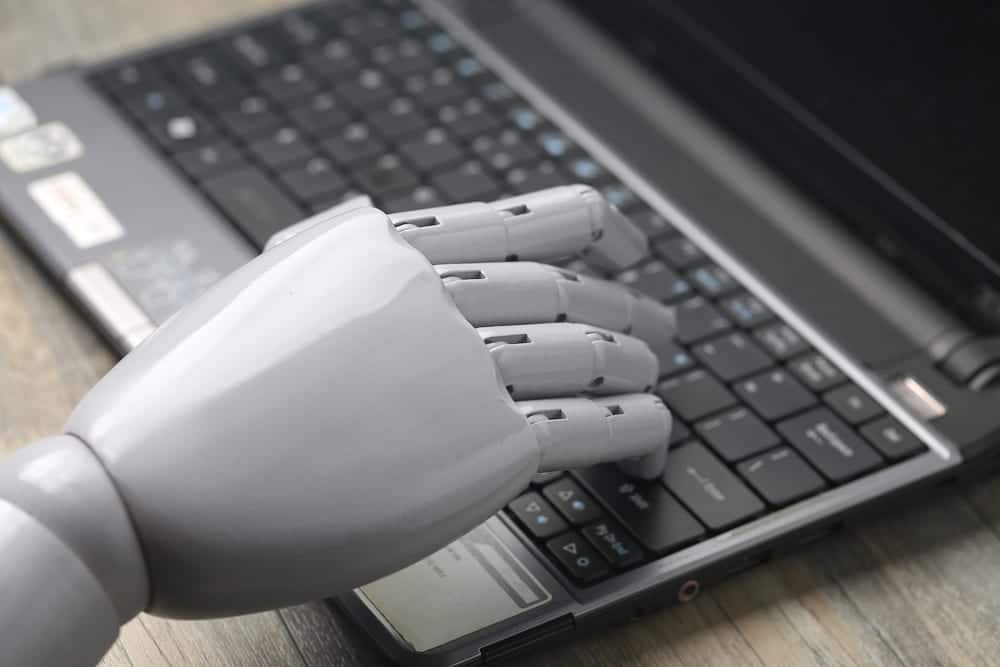Technology is an integral part of our lives and we are so used to gadgets that we take them for granted. The vast majority of people learn about the latest technologies long after they are invented, put to the test and experimented with by early adopters. The advertising industry has the merit of promoting them and both traditional and online outlets are actively engaged in a race to bring them into the spotlight. Under these circumstances, there’s a real danger of marketing focusing more on technology instead of people.
Marketing specialists don’t want to miss out on any great opportunities and sometimes go over the top. Since it so difficult to distinguish between inventions that will revolutionize our lives and fads, many prefer to overwhelm the audience. Small businesses are particularly susceptible to embracing new technologies, because they can help them stand out from the crowd. Early adopters can use them as a springboard to success and as effective tools to close the gap separating them from industry leaders.
Take Everything in Moderation, Technology Included
Back in the day, marketing was based on identifying target audiences, commonalities and getting a thorough understanding of probabilities. Technology has changed this and renders the need of generalizations virtually irrelevant. Today it is easier to pinpoint with great accuracy what people want and demand, by taking a close look at their online browsing patterns. Marketing specialists now use behavioral targeting to purchase media space against the interest of potential customers.
Technology is easily accessible and the best part is that you don’t need a technical background to enjoy its benefits. As a consequence, many people end up trusting technology too much and acquire instruments they don’t necessarily need. Many small business owners feel an overwhelming desire to grow their ventures through the acquisition of state-of-the-art gadgets. The idea of deploying the latest technologies as a catalyst for growth is not new, but is recently gaining a lot of traction.
Individuals are equally exposed to the risks of relying exclusively on it, without taking a closer look at the benefits and shortcomings. In marketing, artificial intelligence, complex algorithms and software provide specialist with an invaluable tool for creating compelling campaigns. They are so convenient, easy to use and widely accepted as indispensable that everyone feels that you can’t afford not using it. Some don’t bother to ask themselves if this approach isn’t in stark contradiction with the fundamentals of marketing.
The Link Between Human Touch and Customer Experience
Only a small minority is inclined to immediately adopt innovation and even though they don’t publicly admit, most people are resistant to change. It takes a while for them to understand the benefits of learning to use and deploy the latest technologies. When people get the impression that they are forced to jump on the bandwagon, their natural resistance turns into repulsion. When it comes to sensitive issues, such as customer experience, the risk of alienating clients by force-feeding them with technology is huge.
Telecommunication companies were the first to use simple chat bots for answering the most basic questions asked by customers. Today, many online ventures use greatly enhanced technologies to interact with customers, in a bid to speed things up and save money. The problem is that chatbots are sometimes unable to help with even the simplest problems that would take a human operator mere seconds. Once frustration sets in, customers are likely to get angry and things can quickly blow out of proportions.
For marketers, this should be a valuable lesson because they are always on a slippery slope when trying to convince people. There’s a thin line between aggressive marketing and downright harassment and this is something that a chatbot is not subtle enough to understand. Artificial intelligence is definitely going to be a big thing in the future and it’s already a boon for today’s businesses. However, over-reliance on it can backfire badly and small businesses might not be strong enough to survive the shock.
There Are Things Technology Can’t Replace
Even tech-savvy individuals will admit that there are many cases in which you simply can’t replace a human touch with AI. We rely on robots to perform daily tasks and they are far more important for modern societies than we even realize. However, when it comes to direct interactions, people are usually reluctant to deal with a robot directly without a human around. Online, interactions with artificial intelligence are more effective if businesses use technologies that make these exchanges seamless.
On the other hand, even in public places where these interactions are minimal and aimed at enhancing convenience, robots are largely avoided. Roaming bots that provide people with direction are a shining example of how technology used recklessly can backfire. They never made it past the stage of curiosity and once people got bored of them, they found them downright annoying and disturbing.
Only a handful of brick-and-mortar shops found it worthwhile to introduce them, so when they decided to put the plug on them, the losses incurred were minimal. Over the Internet, it can take longer until business owners realize that the use of new technologies didn’t have the beneficial effect they were hoping for. When it comes to advertising, things are even worse because by the time marketers realize that harm has been done, their campaigns have already failed.
Customers are difficult to acquire and easy to lose, and that’s why people should always be at the cornerstone of any campaigns. Shifting the focus from people to technology is a surefire way of getting yourself in trouble. The bottom line is that marketing experts should show restraint when unleashing the great power of new and insufficiently understood technologies.
Photo credit: Artificial Intelligence hand on keyboard from Jinning Li/Shutterstock

